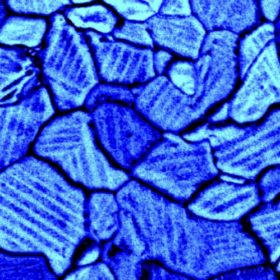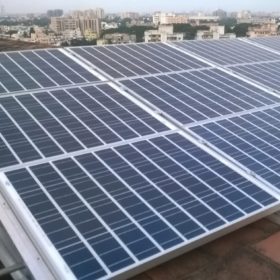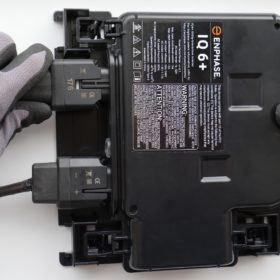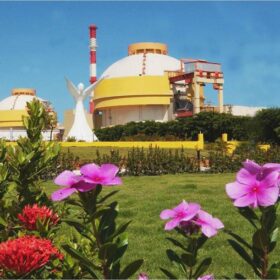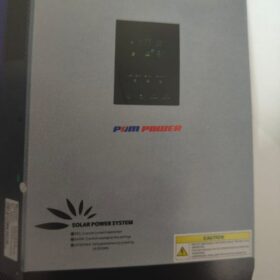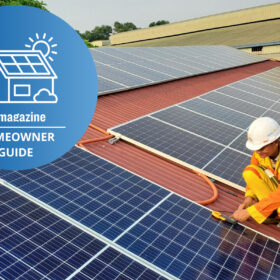Scientists show hybrid organic–inorganic perovskite is ferroelastic, not ferroelectric
This means that this promising material, contrary to common belief, is able to form domains of polarized strain to minimize elastic energy. The research team made its discovery by using multimodal imaging.
Making India’s solar sector resource efficient
By adopting resource efficiency measures, the Indian PV solar manufacturing sector can reduce its material requirement from an estimated 12 million tons to 8.2 million tons by 2030. The resource-efficient approach will also increase efficiency to more than 30% from 6% in 2018, according to a study conducted under the European Union’s Resource Efficiency Initiative (EU-REI) Project.
Cygni Energy raises US$6.4 million, aims to triple solar DC capacity
Hyderabad based Cygni Energy plans to utilize the capital to triple its solar DC solutions production capacity from 4,000 units to 12,000 by H1 2019, develop new technology-enabled products and streamline the product lifecycle, as well as expand nationally and internationally.
Enphase Energy enters Indian market with R&D facility and 1 MW installation
US company has entered India’s solar market with creation of R&D center and microinverter supply deal for 1 MW solar installation in Bengaluru in partnership with RenXSOl Ecotech.
